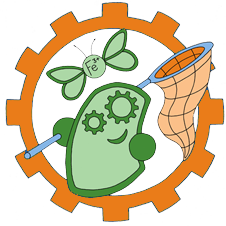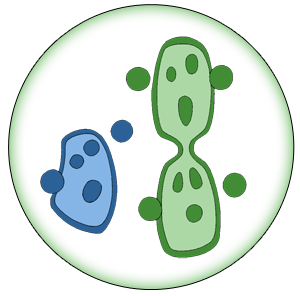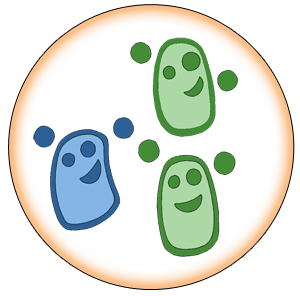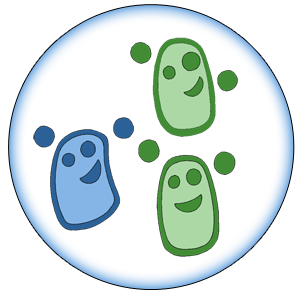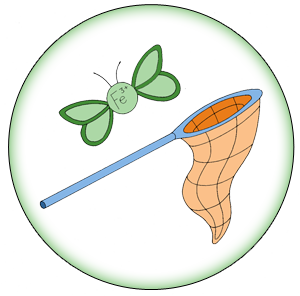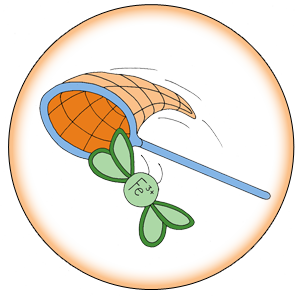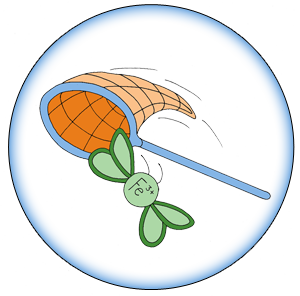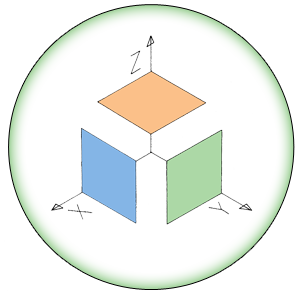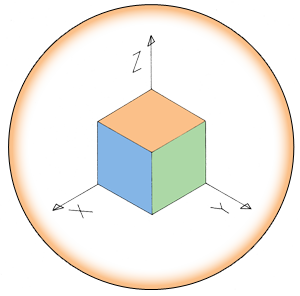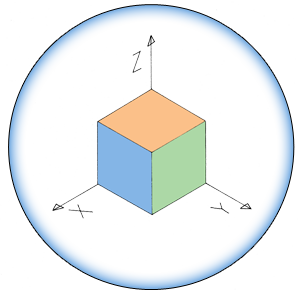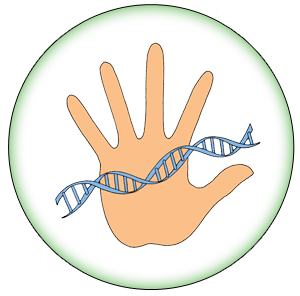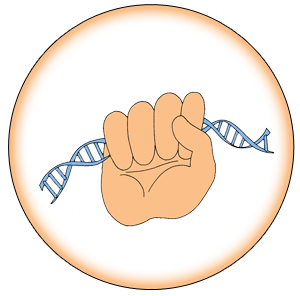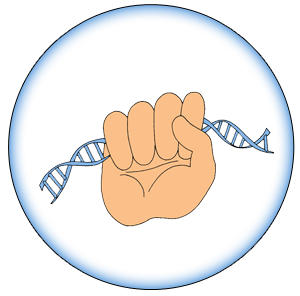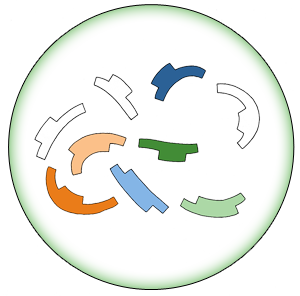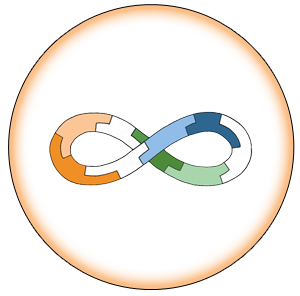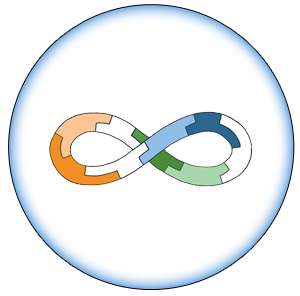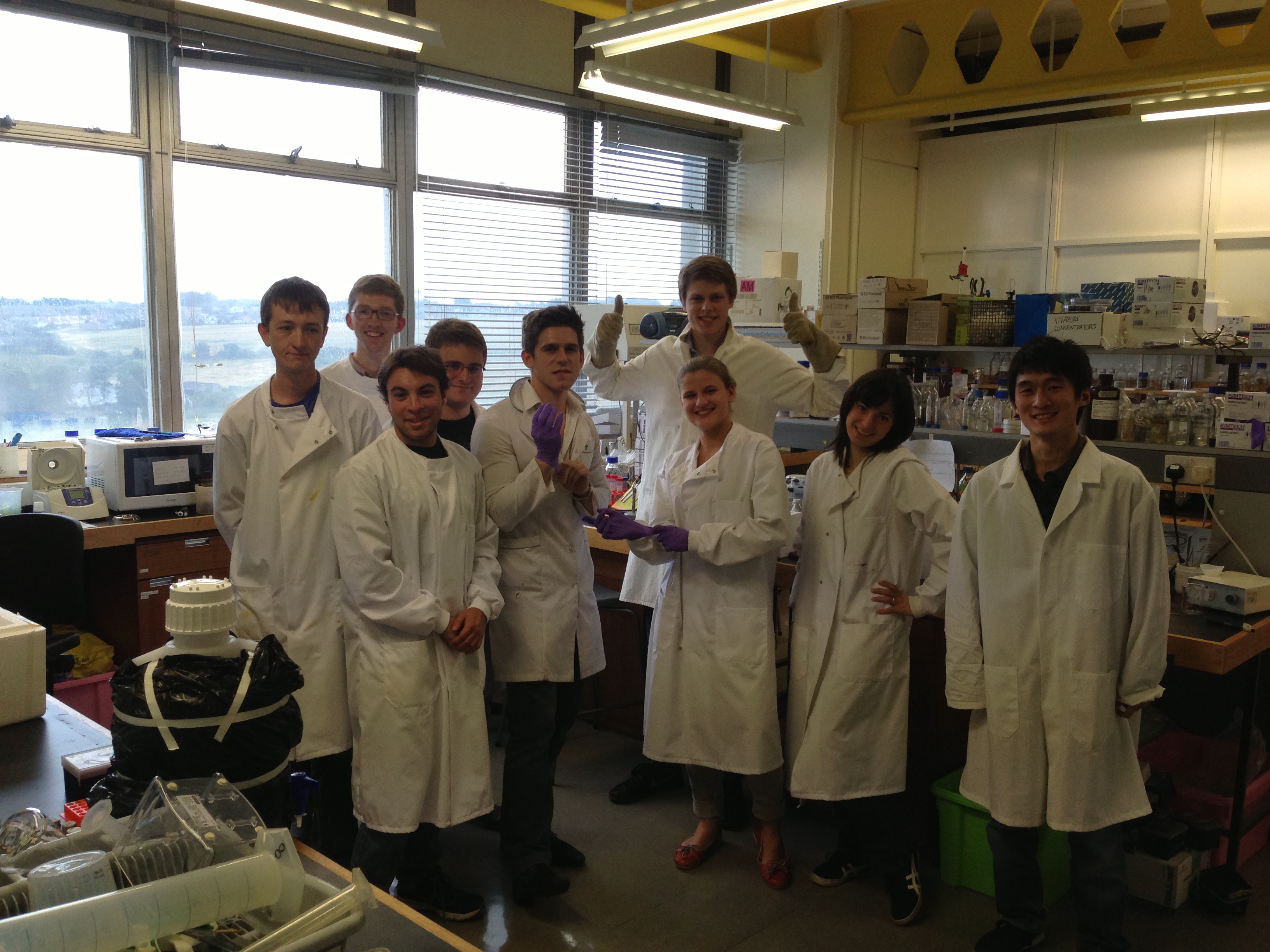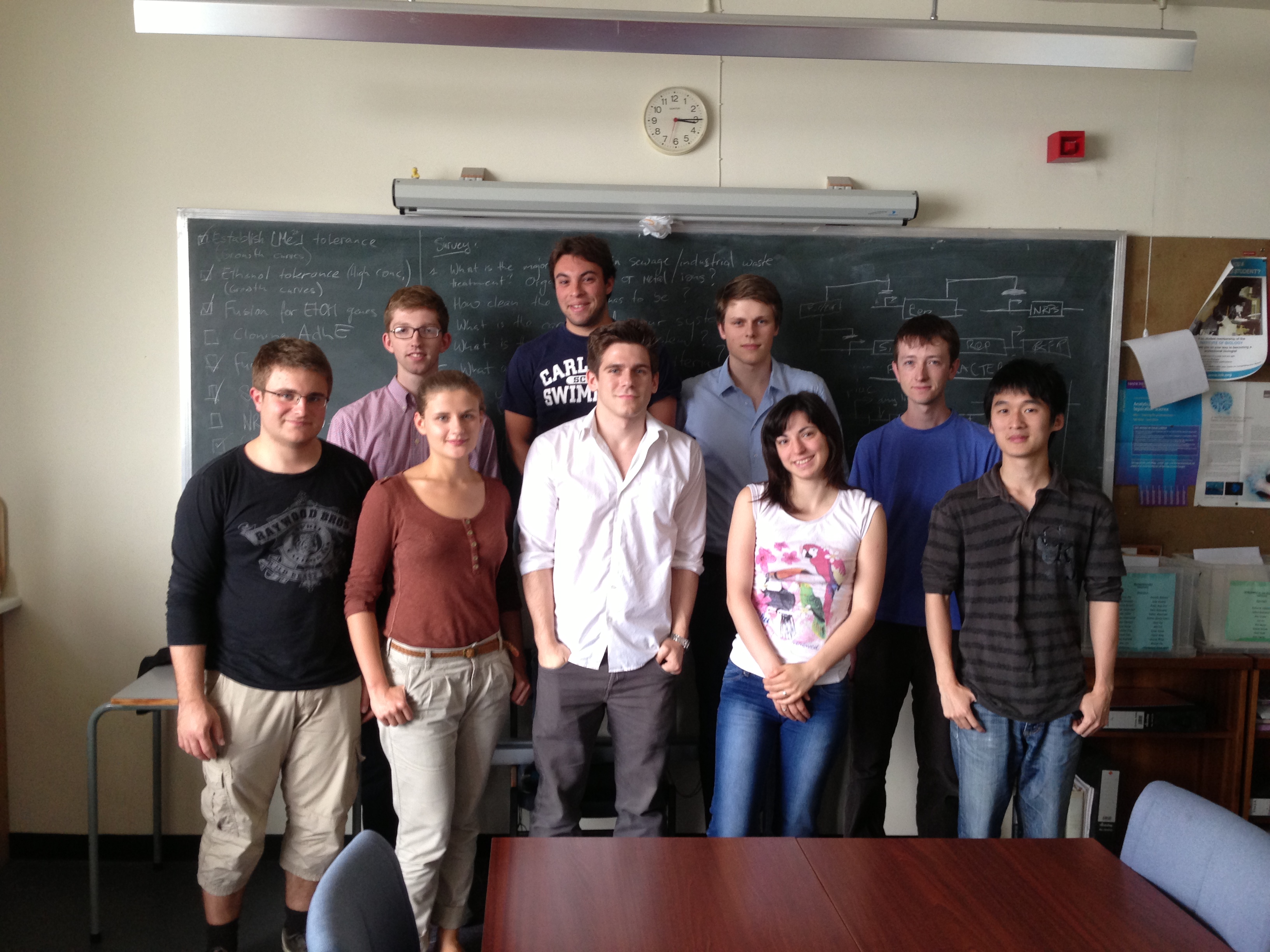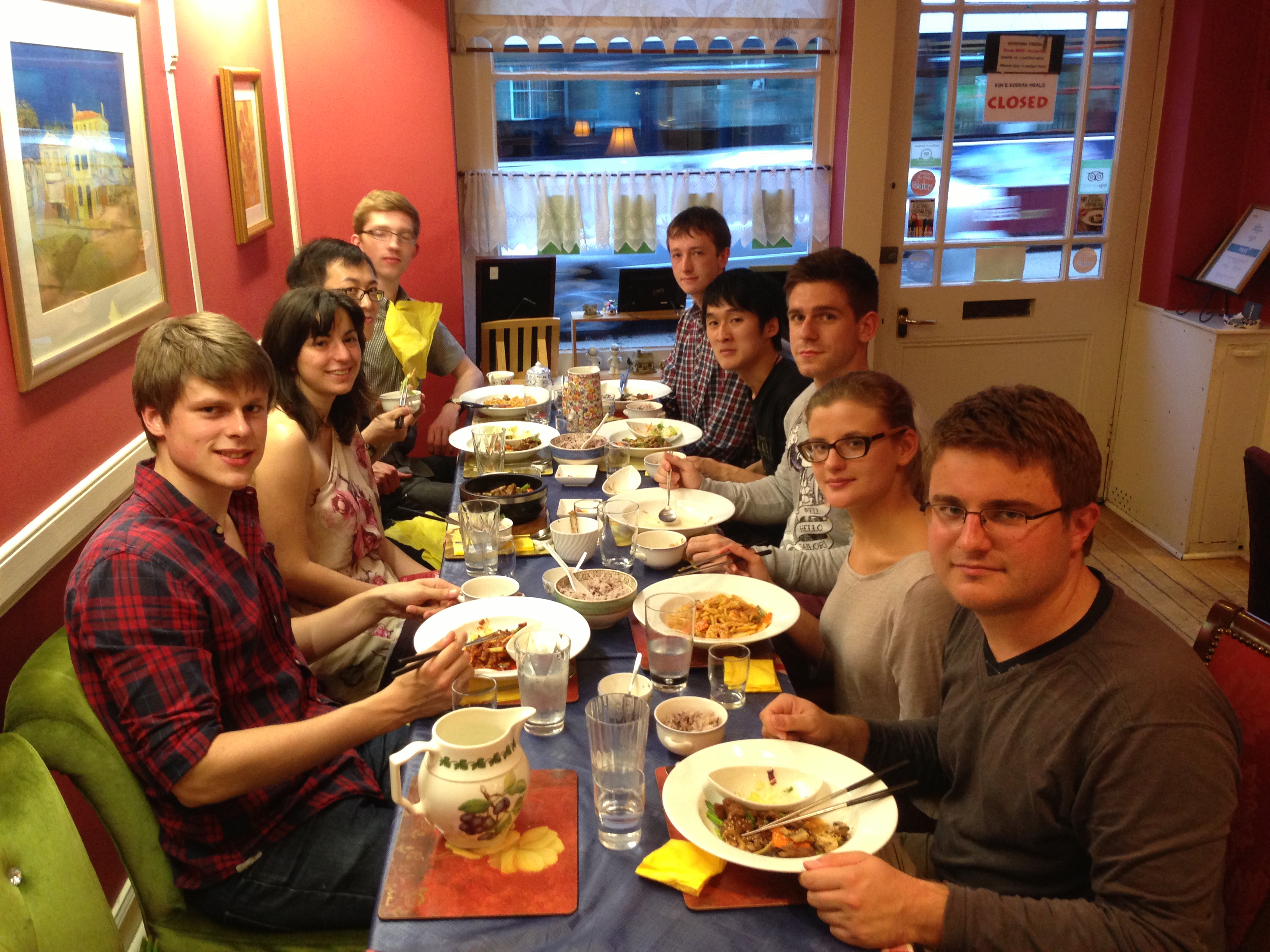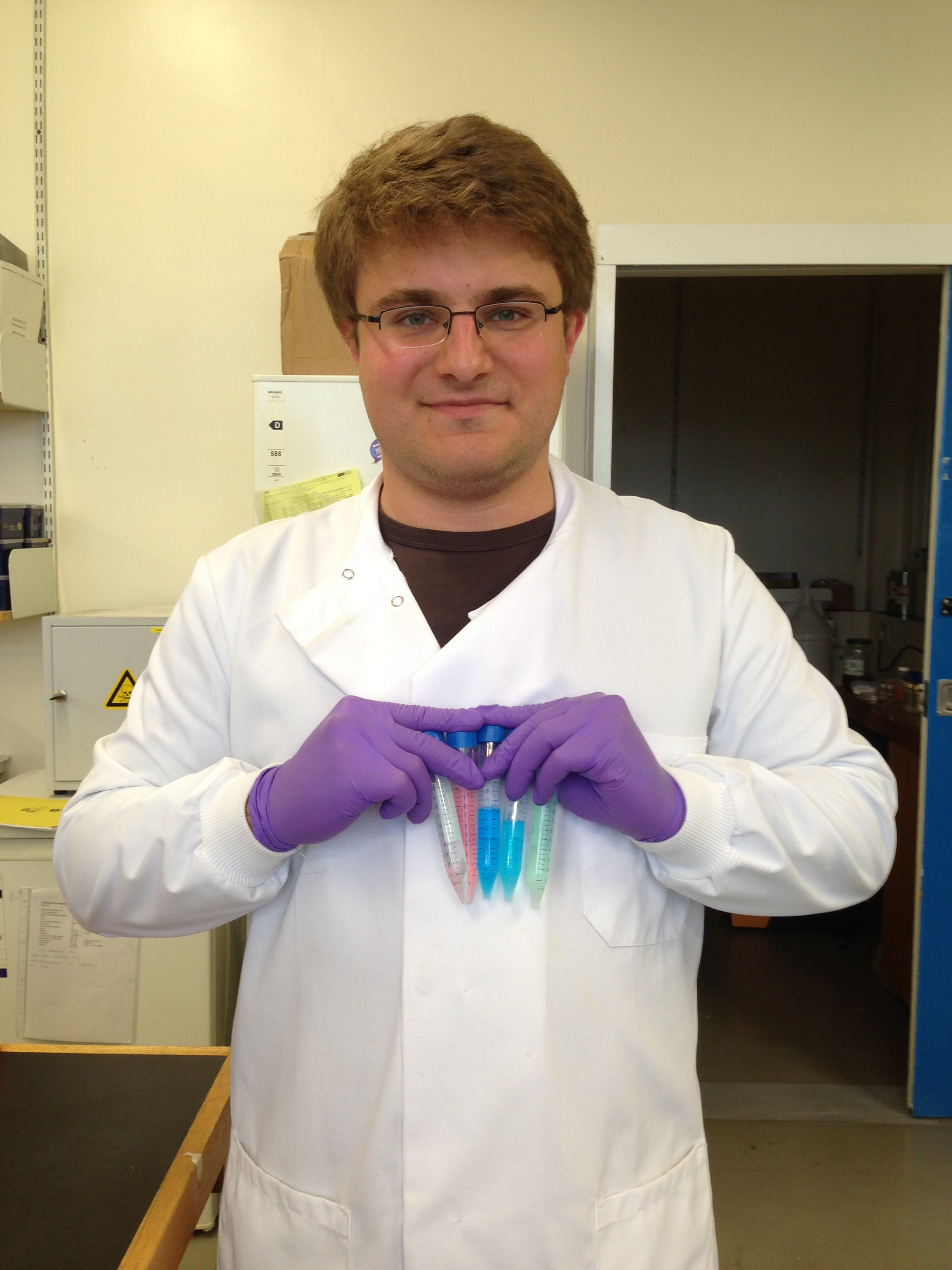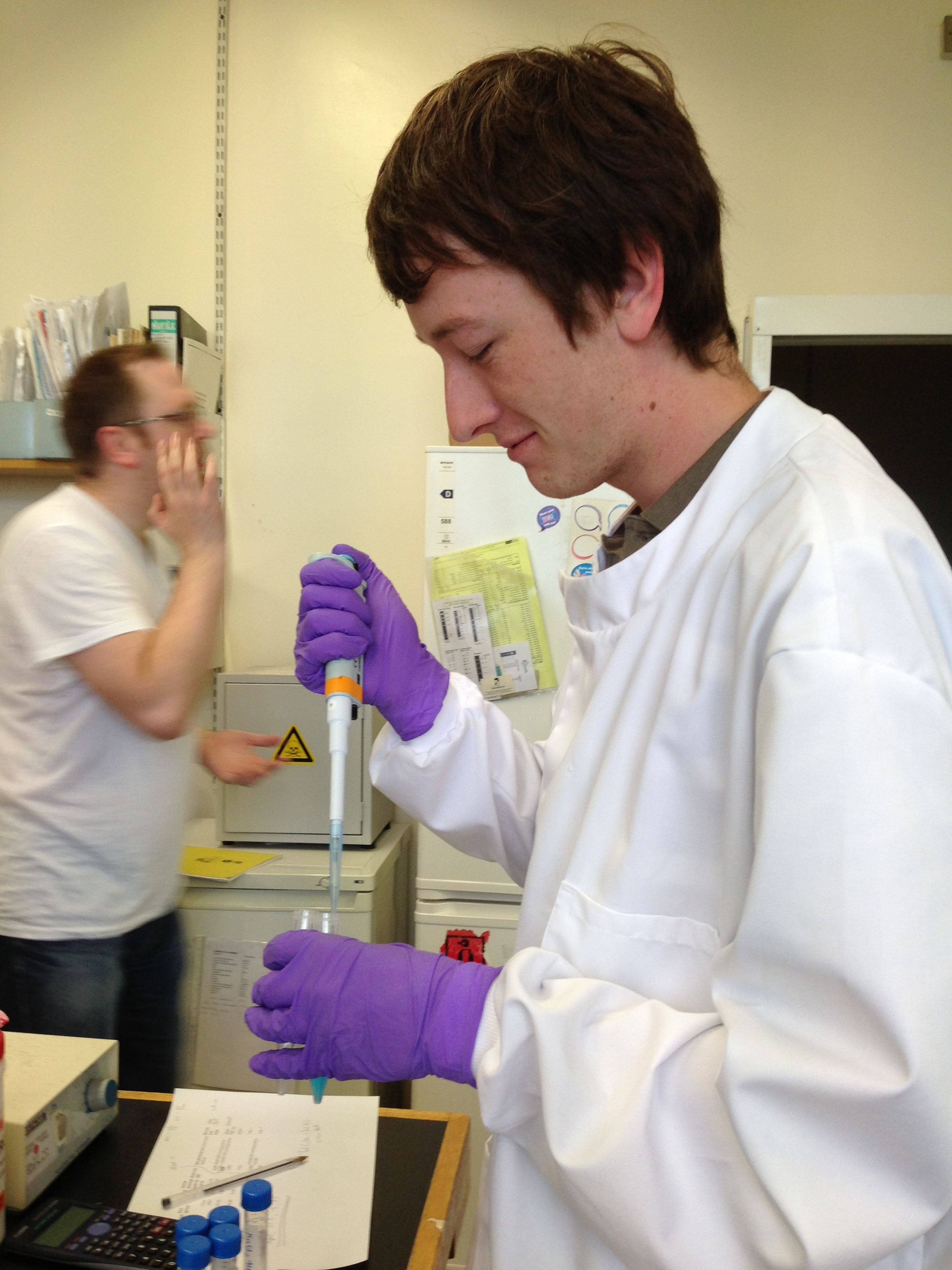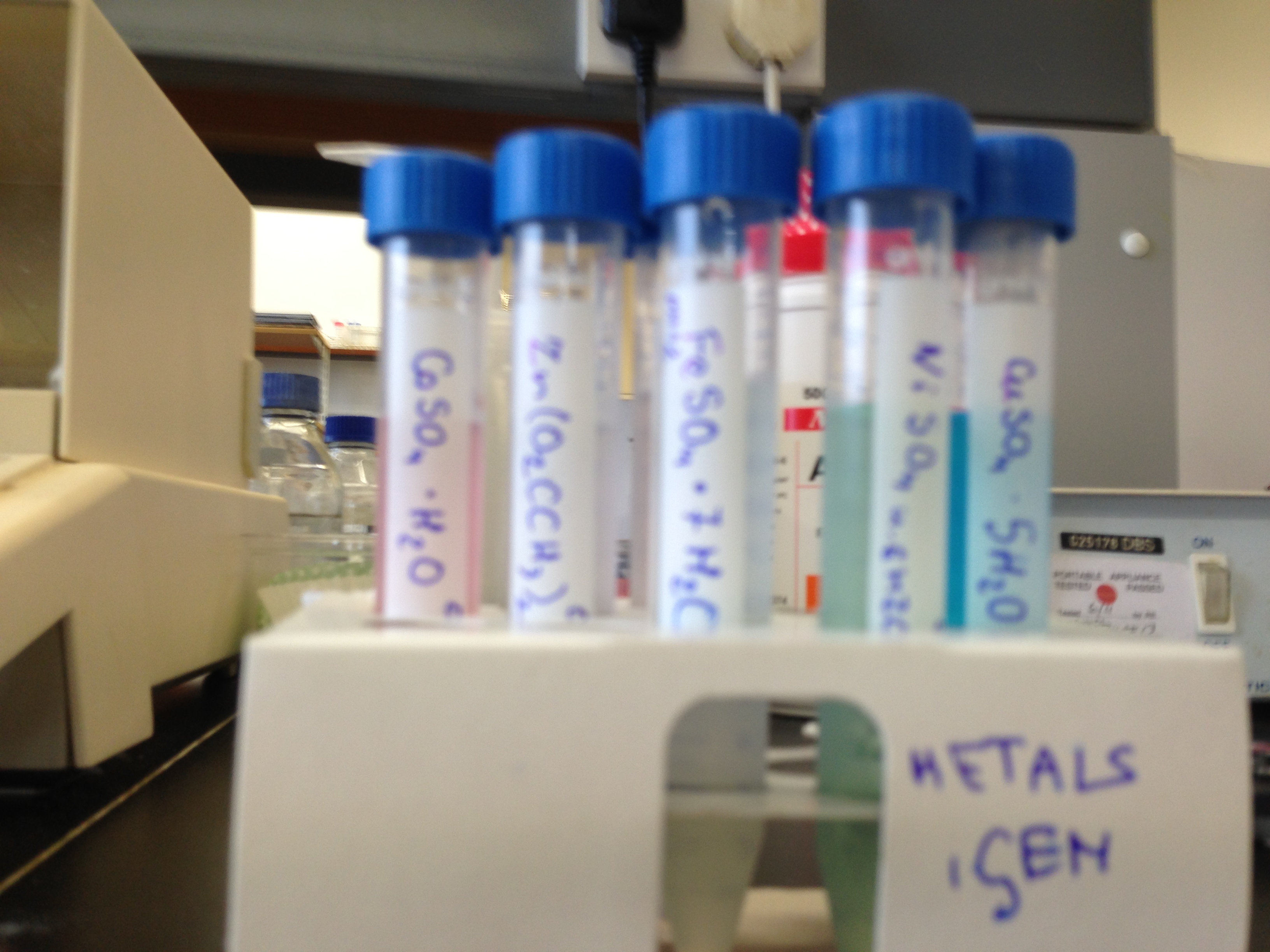Edinburgh University
From 2013.igem.org
Hristianita (Talk | contribs) |
|||
| (11 intermediate revisions not shown) | |||
| Line 17: | Line 17: | ||
<div id="english"> | <div id="english"> | ||
| - | The Edinburgh iGEM 2013 team, WastED, is focusing on remediation and valorisation of industrial waste streams, with a particular focus on Scottish leather and whisky industry waste waters, | + | The Edinburgh iGEM 2013 team, WastED, is focusing on remediation and valorisation of industrial waste streams, with a particular focus on Scottish leather, textile, and whisky industry waste waters, which contain toxic heavy metal ions as well as fermentable organic components. Using <i>Bacillus subtilis</i> as chassis, we engineered organisms to capture ions using chelators and metal binding proteins, and to ferment organic components to produce biofuels. We are also testing a new assembly procedure, GenBrick, which based on the Genabler assembly system. GenBrick allows assembly of multiple RFC10-compatible BioBricks in a single reaction, and is also well suited to the preparation of fusion proteins and addition of terminal tags. Enzyme fusions may enhance metabolic pathways through substrate channelling. We are testing the effect of protein fusions on fermentation efficiency for biofuel production. In addition, we are examining the implications of possible Scottish independence, following the 2014 referendum, for Synthetic Biology in Scotland. |
</div> | </div> | ||
| Line 62: | Line 62: | ||
---- | ---- | ||
| - | + | <h3> To download our project report, click the hairy coo!</h3> | |
| - | [[Image:Hairy_coo.jpg|600px|center|link=https://static.igem.org/mediawiki/2013/ | + | |
| + | [[Image:Hairy_coo.jpg|600px|center|link=https://static.igem.org/mediawiki/2013/a/a4/Edinburgh_2013_Project_Summary.pdf]] | ||
</div> | </div> | ||
{{Team:Edinburgh/Footer}} | {{Team:Edinburgh/Footer}} | ||
Latest revision as of 02:24, 5 October 2013
Translations:
![]()
![]()
![]()
![]()
![]()
![]()
![]()
![]()
Don't let waste get wasted!
The Edinburgh iGEM 2013 team, WastED, is focusing on remediation and valorisation of industrial waste streams, with a particular focus on Scottish leather, textile, and whisky industry waste waters, which contain toxic heavy metal ions as well as fermentable organic components. Using Bacillus subtilis as chassis, we engineered organisms to capture ions using chelators and metal binding proteins, and to ferment organic components to produce biofuels. We are also testing a new assembly procedure, GenBrick, which based on the Genabler assembly system. GenBrick allows assembly of multiple RFC10-compatible BioBricks in a single reaction, and is also well suited to the preparation of fusion proteins and addition of terminal tags. Enzyme fusions may enhance metabolic pathways through substrate channelling. We are testing the effect of protein fusions on fermentation efficiency for biofuel production. In addition, we are examining the implications of possible Scottish independence, following the 2014 referendum, for Synthetic Biology in Scotland.
Le but de l’équipe WastED d’Edimbourg iGEM 2013 se concentre sur la bioremédiation et la revalorisation de déchets industriels, plus particulièrement issus des eaux usées provenant des industries du cuir et du whisky contenant des ions de métaux lourds ainsi que des composants organiques. En utilisant Bacillus subtilis comme châssis, nous avons conçu un organisme qui capture des ions métalliques à l’aide de chélateurs et qui fermente des composants organiques pour produire des biocarburants. Nous testons également une nouvelle procédure d'assemblage, GenBrick, basé sur le système d'assemblage Genabler. GenBrick permet l'assemblage de plusieurs BioBricks RFC10 compatibles en une seule réaction et est aussi bien adaptée à la préparation de protéines de fusion et l'ajout d’étiquettes. Des fusions d’enzymes peuvent améliorer les voies métaboliques par canalisation du substrat. Nous testons l'effet des fusions de protéines sur l'efficacité de fermentation en ce qui concerne la production de biocarburants. En outre, nous examinons les implications d'une éventuelle indépendance de l'Ecosse à la suite du référendum de 2014, pour la biologie synthétique en Ecosse.
Das Edinburgh iGEM 2013 team, WastED, beschäftigt sich mit der Aufbereitung und Weiterverwertung von Industrieabwässern, speziell für Abwässer der Leder- und Whisky-Industrie in Schottland, welche giftige Schwermetallionen sowie organische Verbindungen, die für Gärungsprozesse genutzt werden können, enthalten. Wir nutzen Bacillus subtilis als Modellorganismus, in dem wir die Organismen für Ionenerfassung mithilfe von Chelatkomplexen und Metall bindenden Proteinen sowie für Fermentierung von organischen Komponenten zu Biokraftstoffen gentechnisch verändern. Außerdem prüfen wir ein neues Herstellungsverfahren, GenBrick, welches auf dem Genabler Herstellungssystem beruht. Die GenBrick-Technologie ermöglicht die Herstellung verschiedener RFC10-kompatiblen BioBricks in einer einzigen Reaktion. Des Weiteren ist dieses Verfahren für die Konstruktion von Fusionsproteinen sowie für die Markierung mit Protein-Tags sehr geeignet. Enzymfusionen können Stoffwechselprozesse durch Substrat Channeling (Prozessverbesserung durch Verringerung von Transportdistanzen für Moleküle) optimieren. Wir untersuchen den Einfluss von Proteinfusionen auf die Effizienz von Fermentierungsprozessen für Biokraftstoffproduktion. Außerdem analysieren wir die Auswirkungen einer potenziellen schottischen Unabhängigkeit nach dem Referendum in 2014 für synthetische Biologie in Schottland.
爱丁堡2013 国际基因工程机器人队伍,WastED, 致力于研究工业废水的净化和控制,尤其是来自爱丁堡皮革和威士忌工业中含有有毒重金属离子和可发酵有机成分的废水。 以枯草杆菌为基底,我们修改生物体的基因结构,使得它们可以利用蛰合剂和金属结合蛋白来捕获和固定金属,以及将可发酵有机成分转化为生物燃料。我们还正在测试一种新的组合程序,Genbrick。它是基于Genabler组合系统的一种程序。GenBrick使得多个兼容RFC10生物模块可以在一个反应中完成组合,并且适用于融合蛋白的配制以及终端标签的聚合。酶的融合可以通过酶作用物的通道作用加强代谢作用。我们也在测试蛋白质的融合对用于生物燃料生产的发酵效率的影响。最后,我们还在研究基于2014全民公决的苏格兰独立,对苏格兰合成生物学发展的潜在影响
W naszym projekcie postanowiliśmy skupić się na sposobach zagospodarowania i rekultywacji odpadów przemysłowych, ze szczególnym naciskiem na ścieki powstające przy produkcji kluczowych dla szkockiej gospodarki produktów eksportowych: whisky, tekstyliów i wyrobów skórzanych. Pomimo wysokiej zawartości szkodliwych metali ciężkich oraz zanieczyszczeń organicznych, które mogą się przyczynić do powstawania zakwitów, ścieki te są zwykle zrzucane do morza Północnego i Atlantyku. Poprzez genetyczne modyfikacje laseczki siennej (Bacillus subtilis), chcemy stworzyć system wiążący jony metali obecnych w ściekach przy równoczesnej produkcji biopaliw z biologicznie rozkładalnych związków organicznych. Ważnym elementem naszego projektu jest również przetestowanie nowej metody łączenia genów nazwanej GenBrick, która w dużej mierze bazuje na systemie Genabler. GenBrick najlepiej sprawdza się przy tworzeniu fuzji protein, na przykład enzymów. Zademonstrowaliśmy to w naszym eksperymencie mającym na celu zwiększenie produkcji etanolu w bakteriach. Dodatkowo rozważaliśmy możliwe implikacje dla rozwijającego się sektora biologii syntetycznej w przypadku odzyskania przez Szkocję niepodległości.
Edinburgo 2013-ų metų komanda „WastED“ tiria ir ieško naujų būdų, kaip geriau išvalyti gamybines nuotekas ar iš jų išgauti papildomos naudos. Daugiausiai dėmesio skiriame škotiškai odos ir viskio pramonėms, kurių gamybinėse nuotekose randama nuodingų sunkiųjų metalų ir įvairių organinių junginių. Naudodami Bacilus subtilis bakterijas kaip pagrindinį organizmą mūsų sistemoms, kuriame mikrobiologinius metodus metalų jonų surinkimui ir organinių junginių fermentacijai biokurui gaminti. Negana to, taip pat mėginame naują genų sujungimo technologiją „GenBrick“, paremtą industriniu „Genabler“ standartu. Naudodami „GenBrick“, galime atlikti daugelio RFC-10 standartą atitinkančių biodetalių (angl. biobricks) sujungimą per vieną reakciją. Taip pat „GenBrick“ tinka jungtinių baltymų kūrimui ir jų galų žymėjimui bei modifikacijoms. Jungtiniai baltymiai dažnai gali paspartinti medžiagų apykaitą ląstelėse dėka sutrumpinto tarpinių junginių perdavimo atstumo ir laiko. Mes tiriame jungtinių baltymų panaudojimus fermentacijos metu išskiriamo bioetanolio produkcijai pagerinti. Taip pat mes nagrinėjame, kas nutiktų sintetinei biologijai Škotijoje, jei 2014-aisiais, po visuotinio referendumo, Škotija taptų nepriklausoma valstybe.
Екипът на iGEM 2013 в Единбург се фокусира върху пречистването на индустриални отпадни води, по-специално върху отпадните води, получени в Шотландия при производството на лицева кожа и уиски. Тези отпадни води съдържат токсични йони на тежки метали, както и органични, склонни да ферментират съставки. Модифицирайки генно бактерията Bacillus subtilis, ние разработваме организми, способни да улавят йоните посредством хелатори и метало-свързващи протеини и да произвеждат биогориво чрез ферметация на органичните съставки. Освен това, ние тестваме GenBrick, нова процедура за асeмблиране на ДНК, основана на системата за асемблиране Genabler. GenBrick позволява едновременното сглобяване на няколко RFC10-съвместими ДНК „био-тухлички“ (BioBricks) и е подходящ както за приготвяне на слети протеини, така и за добавяне на терминиращи елементи. Сливанията на ензими могат да подобрят метаболизма чрез насочване на субстратите. Ние тестваме ефекта от сливането на протеини върху ефикасността на ферментацията при производството на биогориво. Изучаваме и начинът, по който евентуалната независимост на Шотландия след референдума през 2014 може да повлияе на развитието на синтетичната биология в страната.
Η ομάδα «WastED» του Πανεπιστημίου του Εδιμβούργου για το διαγωνισμό iGEM 2013 σκοπεύει στην ανακύκλωση και αξιοποίηση των υδάτινων βιομηχανικών αποβλήτων. Εστιάζει στις Σκωτσέζικες βιομηχανίες δέρματος και ουίσκι, των οποίων τα απόβλητα περιέχουν τοξικά ιόντα βαρέων μετάλλων και βιοδιασπώμενες οργανικές ουσίες. Χρησιμοποιώντας τον Bacillus subtilis ως βάση κατασκευάζουμε οργανισμούς, για να εγκλωβίσουμε τα βαρέα ιόντα με χηλικούς παράγοντες και για να διασπάσουμε τις οργανικές ουσίες, ώστε να φτιάξουμε βιοκαύσιμα. Επίσης δοκιμάζουμε μια καινούρια διαδικασία σύνθεσης, το GenBrick, που βασίζεται στο σύστημα σύνθεσης Genabler. Το GenBrick επιτρέπει τη σύνθεση πολλαπλών RFC10-συμβατών BioBricks σε μία αντίδραση και είναι επίσης χρήσιμο για τη δημιουργία συνενωμένων πρωτεϊνών και για την προσθήκη σε αυτές τερματικών στοιχείων. Οι συνενώσεις ενζύμων σε πολλές περιπτώσεις συντομεύουν τις μεταβολικές οδούς, καθώς τα υποστρώματα μετακινούνται ταχύτερα από ένζυμο σε ένζυμο. Εξετάζουμε το αποτέλεσμα των συνενώσεων πρωτεϊνών πάνω στην απόδοση της διάσπασης για τη δημιουργία βιοκαυσίμων. Εντέλει, μελετάμε την επίδραση της ενδεχόμενης Σκωτσέζικης ανεξαρτησίας στον τομέα της Συνθετικής Βιολογίας, λόγω του δημοψηφίσματος του 2014.
To download our project report, click the hairy coo!

| 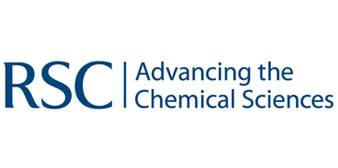
| | | | 
|
| This iGEM team has been funded by the MSD Scottish Life Sciences Fund. The opinions expressed by this iGEM team are those of the team members and do not necessarily represent those of MSD | |||||
 "
"

